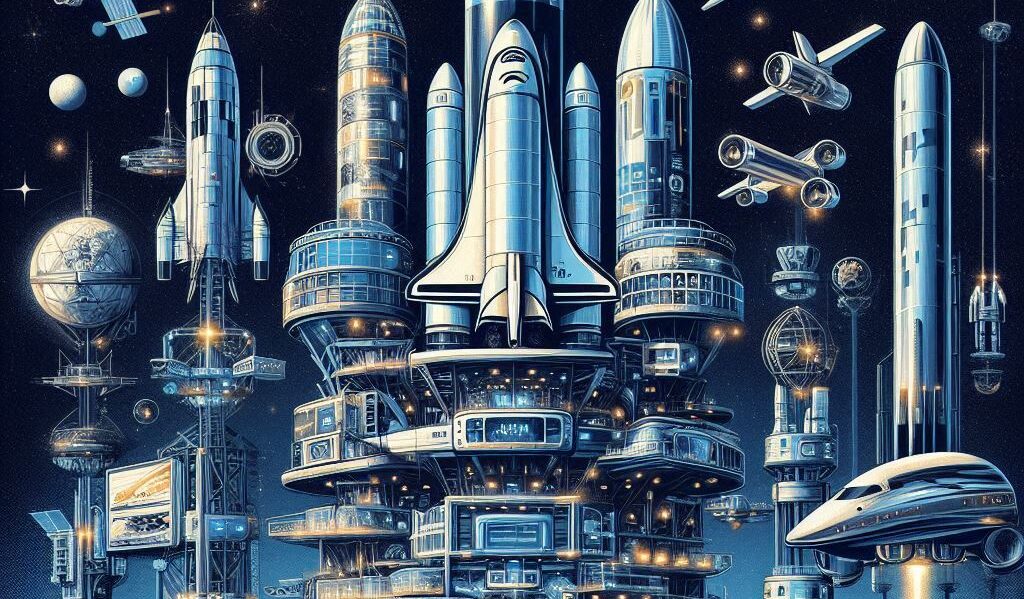New players emerged during this period. Rocket Lab, founded in 2006, became a major player in small satellite launches with their Electron rocket. By 2024, they were working on a larger, partially reusable rocket called Neutron.
Relativity Space garnered attention for their innovative 3D-printed rockets. They conducted their first orbital launch attempt in 2023 and were rapidly iterating their designs.
China’s commercial space sector boomed, with companies like iSpace and Landspace making orbital launch attempts.
Astrobotic and Intuitive Machines emerged as leading contenders in the commercial lunar payload delivery market, with both securing contracts for NASA’s CLPS program.
The period also saw increased interest in space stations beyond the ISS. Axiom Space began developing modules for a commercial space station, while Voyager Space and Lockheed Martin announced plans for a commercial space station called Starlab.
By 2024, the commercial space industry had matured significantly. Reusable rockets had become commonplace, space tourism was a reality (albeit for the ultra-wealthy), and private companies were playing crucial roles in national space programs. The next frontier seemed to be sustained lunar presence and Mars exploration, with commercial entities poised to play pivotal roles in these ambitious endeavors.
